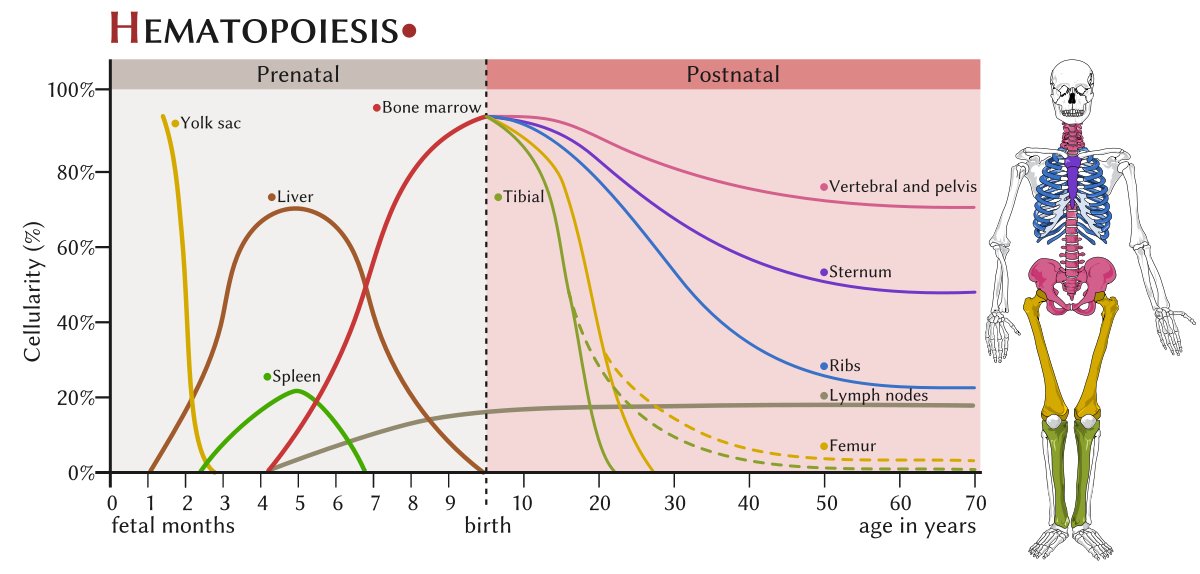Disappointing news in the #MDS world: #rigosertib INSPIRE trial in VHR HMA failure pts is negative: 6.4 months OS versus 6.3 in BSC arm. Still no good 2nd-line therapy for HR MDS. @MDSFoundation @aamdsif @MikkaelSekeres onclive.com/view/rigoserti…
If we compare with the ONTIME rigosertib trial, also for HR MDS failed by HMA therapy, OS in BSC arm was similar to slightly better (6.3 vs 5.9 months) even though INSPIRE included only ostensibly the very highest risk patients. thelancet.com/journals/lanon…
And it benchmarks with Thomas Prebet et al classic analysis of HR MDS after aza failure: 5.6 months OS, as reported in JCO @ASCO_pubs in 2011 - although there, the subset who got an investigational therapy (likely better PS etc) had median OS 13.2 months. ascopubs.org/doi/10.1200/JC…
• • •
Missing some Tweet in this thread? You can try to
force a refresh





























